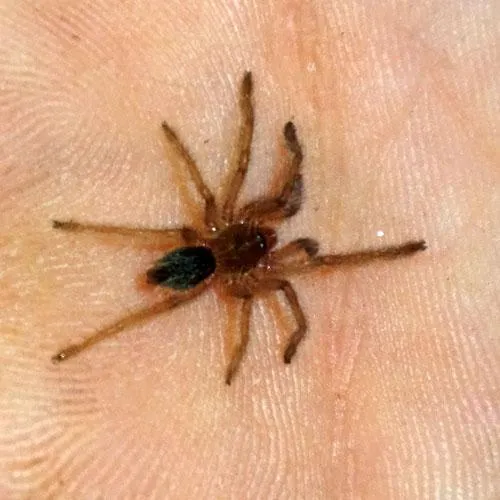Brazilian Rainbow Tarantula Care Guide
The Brazilian Rainbow Tarantula, also known as Typhochlaena seladonia, is a captivating and colorful arachnid that has gained popularity among tarantula enthusiasts. This guide provides comprehensive information on how to care for these stunning creatures, ensuring their health and well-being in captivity. From enclosure setup to feeding and handling, this guide will cover everything you need to know to successfully keep and enjoy these beautiful spiders. Understanding their specific needs is crucial for their survival and to witness their vibrant colors. This guide is designed to help both novice and experienced keepers provide the best possible care for their Brazilian Rainbow Tarantulas.
Choosing Your Brazilian Rainbow Tarantula
Before bringing a Brazilian Rainbow Tarantula home, it’s essential to choose a healthy specimen. This involves careful observation and research. The tarantula’s overall appearance, activity level, and origin should be considered. Always obtain your tarantula from a reputable source, such as a trusted breeder or a well-regarded pet store specializing in arachnids. This increases the likelihood of acquiring a healthy spider and reduces the risk of diseases or parasites. Healthy tarantulas are active, alert, and exhibit a good appetite. Furthermore, research the breeder’s practices to ensure ethical and responsible breeding.
Where to Buy Your Tarantula
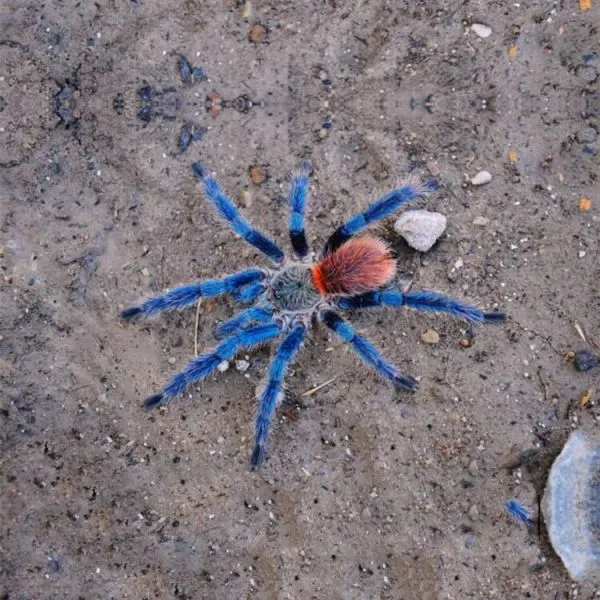
Sourcing your Brazilian Rainbow Tarantula from a reputable breeder or pet store specializing in exotic animals is paramount. These sources often provide essential care information and have a vested interest in the well-being of the animals they sell. Avoid purchasing from unreliable sources, as these may offer unhealthy specimens or lack the expertise to provide adequate care advice. Online forums and local reptile or exotic pet shows can also be great places to find reputable breeders. Always ask for references and check reviews before making a purchase. Prioritize breeders who prioritize the tarantulas’ health and well-being.
Selecting a Healthy Tarantula
When selecting a Brazilian Rainbow Tarantula, inspect it closely. A healthy tarantula should have a plump abdomen, indicating it is well-fed and hydrated. Check for any signs of parasites, such as mites, or other health problems. The tarantula should be active and responsive to its environment. Avoid tarantulas that appear lethargic, have a shrunken abdomen, or show any signs of injury. Clear, bright colors are also an indicator of good health. Observe the tarantula’s behavior, ensuring it walks and moves normally. If possible, inquire about the tarantula’s feeding habits and overall care history.
Setting Up the Perfect Brazilian Rainbow Tarantula Enclosure
Creating a suitable enclosure is a fundamental aspect of Brazilian Rainbow Tarantula care. The setup should mimic the tarantula’s natural habitat, providing a comfortable and secure environment. The size of the enclosure, the substrate used, and the temperature and humidity levels are crucial factors to consider. A well-designed enclosure not only promotes the tarantula’s health but also allows you to observe and appreciate its beauty. Proper setup minimizes stress and enhances the overall well-being of your pet.
Enclosure Size and Dimensions
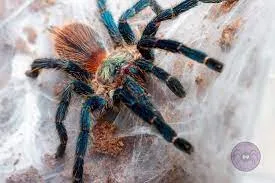
The size of the enclosure should accommodate the tarantula’s size and provide adequate space for movement and exploration. A good rule of thumb is to provide an enclosure that is at least three times the tarantula’s leg span in width and length, and at least twice the leg span in height. For adult Brazilian Rainbow Tarantulas, a terrarium measuring 12x12x12 inches or larger is typically recommended. Always ensure that the enclosure has a secure lid to prevent escape. Adequate ventilation is also essential to prevent the buildup of mold and maintain air quality.
Substrate and Decor for Your Tarantula
The substrate serves as the bedding for the tarantula and should be chosen carefully. A mix of substrates, such as coconut fiber, peat moss, and a small amount of vermiculite, is often recommended. These materials help retain moisture and provide a suitable environment for burrowing. The substrate should be deep enough to allow the tarantula to create a burrow, which is a natural behavior for this species. Add decorations like cork bark, artificial plants, and hiding places to provide enrichment and a sense of security for the tarantula. The decor should be nontoxic and securely placed to avoid accidental injury.
Temperature and Humidity Requirements
Maintaining the correct temperature and humidity levels is vital for the health of your Brazilian Rainbow Tarantula. The ideal temperature range is between 75-85°F (24-29°C). Use a heat mat or a low-wattage heat lamp to maintain the desired temperature. Regularly monitor the temperature with a thermometer. The humidity level should be maintained between 65-75%. Use a hygrometer to monitor humidity levels and adjust accordingly. Mist the enclosure with dechlorinated water to increase humidity, but avoid making the substrate overly wet, which can promote mold growth.
Maintaining the Ideal Environment
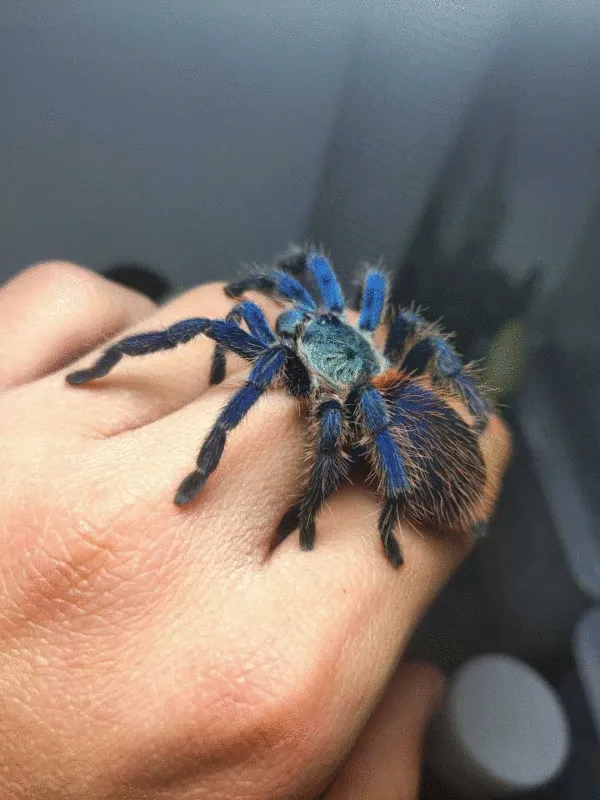
Regular maintenance of the enclosure is essential to ensure your tarantula’s health. Spot-clean the enclosure weekly, removing any uneaten food, dead insects, and feces. Replace the substrate periodically, typically every 6-12 months, or more frequently if needed. Ensure proper ventilation to prevent the buildup of harmful gases. Regularly check the temperature and humidity levels, making adjustments as needed. Always use dechlorinated water for misting and drinking to prevent the introduction of chlorine or chloramine. Clean water and a well-maintained environment are key to your tarantula’s well-being.
Feeding Your Brazilian Rainbow Tarantula
Proper feeding is crucial for the health and growth of your Brazilian Rainbow Tarantula. The diet should consist of appropriately sized insects, such as crickets, roaches, or mealworms. Offering a varied diet ensures the tarantula receives all necessary nutrients. Provide fresh, clean water at all times. Monitor the tarantula’s feeding habits and adjust accordingly to maintain a healthy weight. Overfeeding can lead to obesity, while underfeeding can stunt growth. Observe the tarantula’s behavior during feeding, and be mindful of its molting schedule, as tarantulas typically refuse food during this period.
Appropriate Food Choices
The diet of a Brazilian Rainbow Tarantula should primarily consist of live insects. Crickets and roaches are popular choices due to their availability and nutritional value. Mealworms and super worms can be offered, but in moderation, due to their higher fat content. Ensure the insects are gut-loaded with nutritious food before feeding them to your tarantula, which enriches the nutritional value passed on. Avoid feeding wild-caught insects, as they may carry parasites or pesticides. The size of the prey should be appropriate for the tarantula; the insect should be no larger than the tarantula’s body size.
Feeding Frequency and Amount
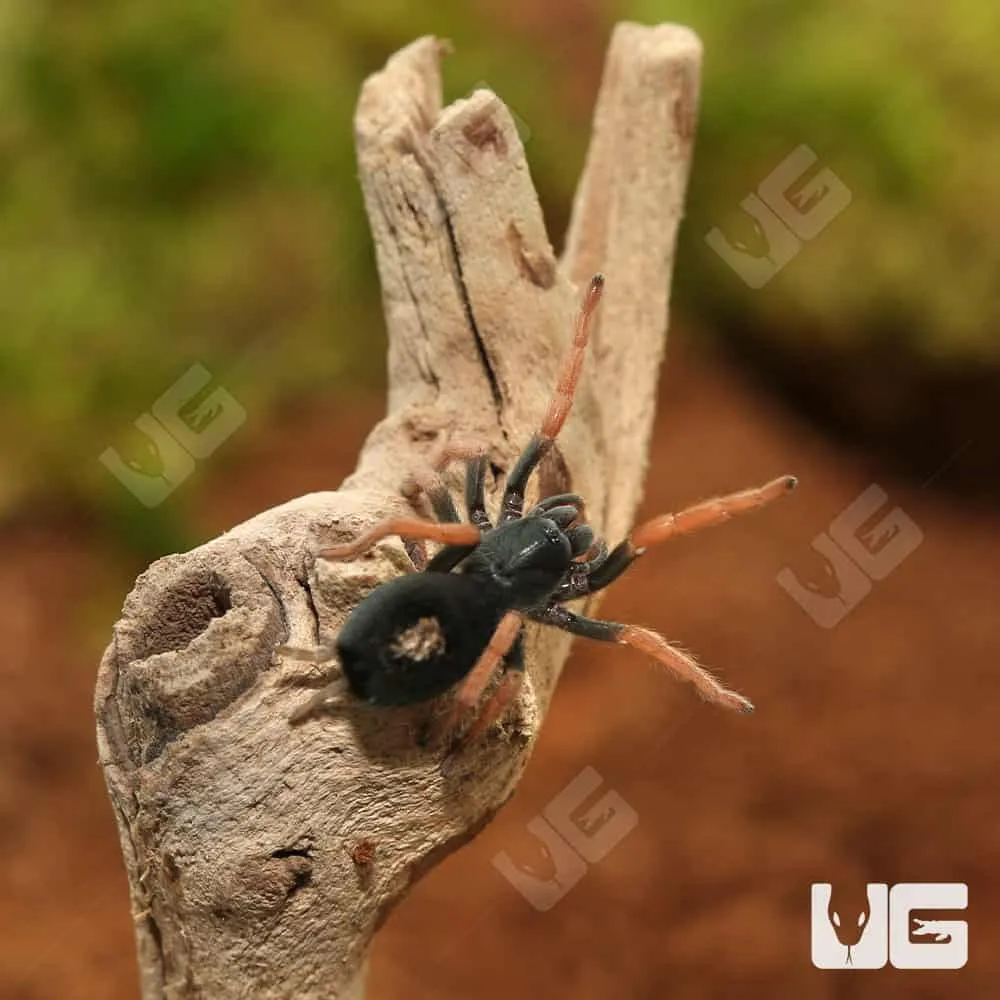
Feeding frequency depends on the tarantula’s age and size. Spiderlings and juveniles should be fed more frequently, typically every other day or every few days. Adults can be fed once or twice a week. Observe your tarantula’s appetite and adjust the feeding schedule as needed. Remove any uneaten prey within 24 hours to prevent stress and potential harm to the tarantula. The amount of food should be appropriate; the tarantula should eat most of the prey offered without overeating. Avoid overfeeding, which can lead to health issues.
Watering and Hydration
Provide fresh, clean water at all times. Use a shallow water dish or a water gel to prevent drowning. Ensure the water dish is readily accessible and easy to clean. Mist the enclosure periodically to maintain humidity, which also provides a secondary source of hydration. The frequency of misting depends on the humidity level; generally, misting a couple of times a week is sufficient. Always use dechlorinated water to avoid exposing your tarantula to harmful chemicals. Regularly clean the water dish to prevent bacterial growth.
Handling and Interaction with Your Tarantula
While Brazilian Rainbow Tarantulas are beautiful to observe, they are best appreciated from a distance. Handling should be kept to a minimum, as it can stress the tarantula and potentially lead to bites. If you do handle your tarantula, exercise extreme caution and follow safe handling practices. Always respect the tarantula’s natural behaviors and avoid actions that might provoke it. Remember that each tarantula has its own personality, and some may be more tolerant of handling than others. The key to a positive relationship is to prioritize the tarantula’s well-being and avoid any unnecessary interaction.
Understanding Tarantula Temperament
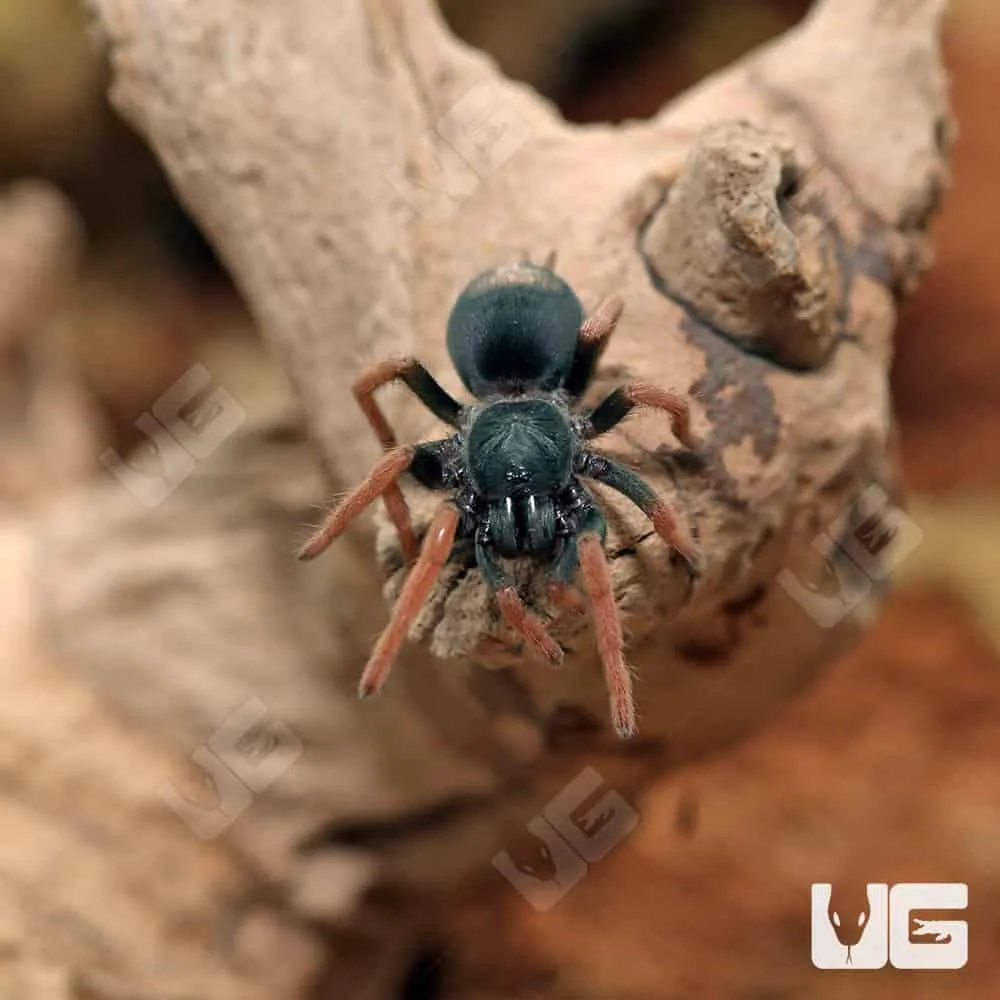
Brazilian Rainbow Tarantulas, like other tarantula species, have their own temperaments. Some may be more docile and tolerant of handling, while others may be more defensive and prone to biting. It is essential to observe your tarantula’s behavior and understand its personality. Defensive postures include raising their front legs, flicking hairs (urticating hairs), or presenting their fangs. Recognizing these signals is crucial for avoiding bites and ensuring your safety. Avoid handling if the tarantula appears stressed or agitated. Always be aware of the tarantula’s potential defensive behavior and take appropriate precautions.
Safe Handling Practices
If you choose to handle your Brazilian Rainbow Tarantula, do so with extreme caution. Always approach the tarantula slowly and gently. Avoid sudden movements or loud noises, which can startle the tarantula. Handle the tarantula over a soft surface, such as a bed or a carpet, to minimize the risk of injury if it falls. Wash your hands before and after handling the tarantula. Avoid direct contact with the tarantula’s urticating hairs. Never force the tarantula to be handled, and respect its space and boundaries. Ensure that children are supervised when interacting with the tarantula.
Health and Common Issues in Brazilian Rainbow Tarantulas
Like all living creatures, Brazilian Rainbow Tarantulas are susceptible to certain health issues. Regular observation and preventative care are essential to maintain their health and well-being. Common problems include parasites, fungal infections, and injuries. Recognizing the signs of illness early is critical for timely treatment and intervention. Creating a clean, well-maintained environment and providing a balanced diet is the best way to prevent many of these issues. Consulting with a veterinarian specializing in exotic animals is recommended if you suspect your tarantula is ill or injured.
Identifying Potential Health Problems
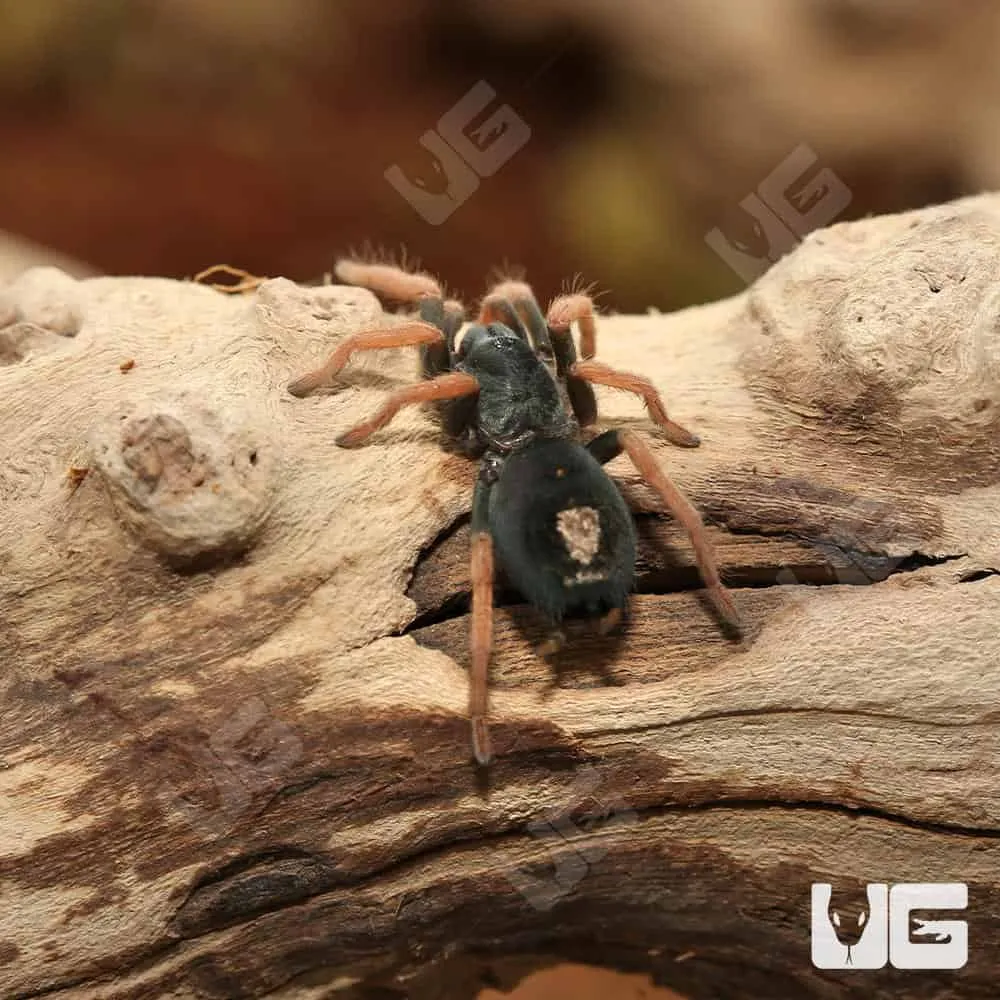
Regular observation is critical for identifying potential health problems. Watch for signs of illness, such as lethargy, loss of appetite, and unusual behaviors. Inspect the tarantula’s abdomen; a shrunken abdomen can indicate dehydration or malnutrition. Check for parasites, such as mites, which appear as small, moving dots on the tarantula’s body. Look for signs of fungal infections, which may appear as discoloration or lesions on the exoskeleton. If you notice any of these signs, isolate the tarantula and consult with a veterinarian or experienced tarantula keeper. Prompt action is crucial for successful treatment.
Preventative Care and Maintenance
Preventative care involves maintaining a clean and hygienic environment and providing a balanced diet. Regularly clean the enclosure, removing uneaten food and feces. Replace the substrate as needed to prevent the buildup of harmful bacteria and fungi. Ensure that the tarantula has access to fresh water at all times. Provide a varied diet of appropriately sized insects. Avoid overcrowding the enclosure, which can increase stress and the risk of disease. Regularly inspect the tarantula for any signs of illness or injury. Preventative care is crucial for maintaining a healthy and thriving Brazilian Rainbow Tarantula.
Shedding and Molting
Shedding, or molting, is a natural process where tarantulas shed their exoskeleton to grow. The frequency of molting depends on the tarantula’s age and growth rate. During molting, the tarantula will usually refuse food and become inactive. Provide a moist environment during the molting process, as this helps the exoskeleton shed. Do not disturb the tarantula during molting. After molting, the tarantula’s new exoskeleton will be soft and vulnerable. Avoid handling the tarantula immediately after molting, as it can easily be injured. Allow the exoskeleton to harden before resuming normal care.
Grooming and Other Care
Brazilian Rainbow Tarantulas do not require extensive grooming. However, it is important to maintain a clean enclosure to prevent the buildup of debris. Remove any uneaten food and feces. If the tarantula has urticating hairs, avoid disturbing them as they can cause skin irritation. Ensure that the enclosure is free from any sharp objects or hazards that could injure the tarantula. Observe the tarantula regularly to ensure that its movements and behavior are normal. If you notice any unusual behavior, such as difficulty walking or eating, consult with an expert or veterinarian.
Breeding and Reproduction
Breeding Brazilian Rainbow Tarantulas requires expertise and specific environmental conditions. This process involves matching a mature male and female, which can be challenging. The female tarantula will produce an egg sac, and the spiderlings will hatch within. Raising spiderlings requires specialized care and a suitable environment. Breeding tarantulas is best left to experienced keepers who have the resources and knowledge. For the average pet owner, focusing on the care of a single tarantula is typically more suitable.
Mating Habits
Mating behavior in Brazilian Rainbow Tarantulas involves specific rituals. The male tarantula will often drum on the substrate to attract the female’s attention. If the female is receptive, the mating process will commence. The male will deposit sperm webs, which he will then transfer to the female. After mating, the female may become aggressive and potentially cannibalize the male. The female will then create an egg sac, which she will guard until the spiderlings hatch.
Raising Spiderlings
Raising spiderlings requires meticulous care. Spiderlings are very small and delicate, and they need a specialized environment to thrive. They need to be kept in individual enclosures with appropriate temperature and humidity levels. They should be fed small insects, such as fruit flies. The spiderlings are extremely vulnerable and are prone to cannibalism, so separation is critical. It is a challenging task that demands patience, skill, and resources.
Long-Term Care and Considerations
Long-term care for a Brazilian Rainbow Tarantula involves ongoing commitment and attention to detail. Regularly monitor the enclosure’s environment and make adjustments as needed. Continue to provide a varied diet of appropriate insects. Observe the tarantula for any signs of illness or injury. Keep a record of your tarantula’s molting schedule, feeding habits, and any other relevant information. Educate yourself on tarantula care and seek advice from experienced keepers or veterinarians when needed. Long-term care ensures that your tarantula thrives and provides you with many years of enjoyment.
Caring for a Brazilian Rainbow Tarantula is a rewarding experience. By following the guidelines in this guide, you can provide a healthy and enriching environment for your pet. Remember that patience, observation, and a willingness to learn are essential for successful tarantula keeping. Enjoy the unique beauty and fascinating behaviors of your Brazilian Rainbow Tarantula!
